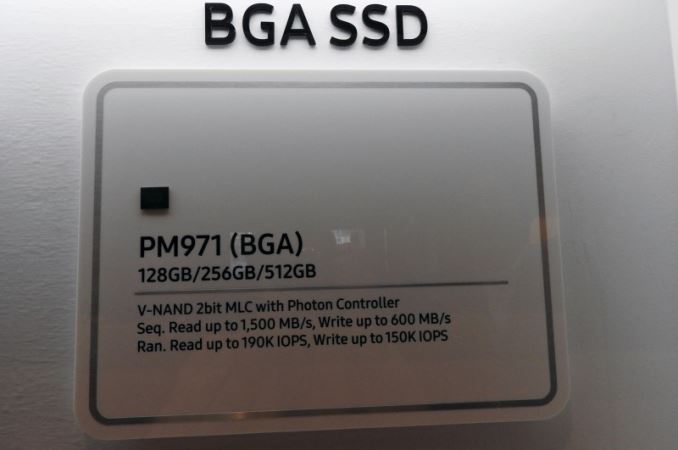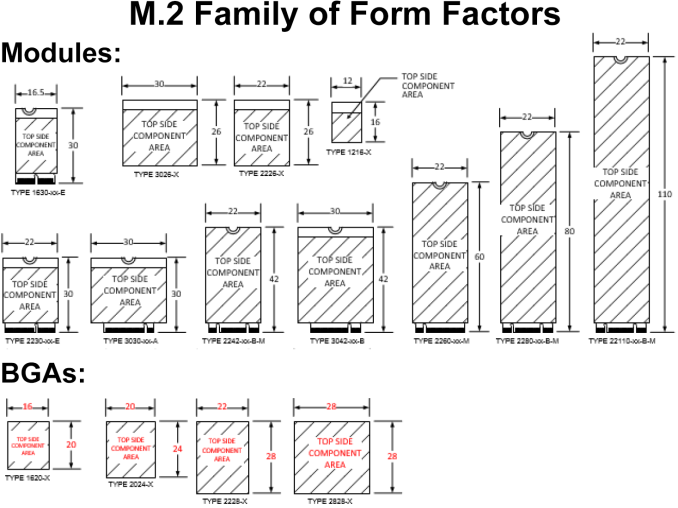- Mar 27, 2009
- 12,968
- 221
- 106
120GB 2.5" SSD has finally dropped to $34.99:
http://forums.anandtech.com/showthread.php?p=38105769#post38105769
This for a Phison S10 (quad core, eight channel, DRAM buffer) controller and planar TLC NAND.
So I've been thinking with 48 layer TLC V-NAND potentially being the crossover point on cost per GB compared to planar TLC NAND maybe we could end up seeing a Phison S11 120GB or 128GB TLC V-NAND 2.5" drive drop to $30 by the end of 2016?
Other predictions?
http://forums.anandtech.com/showthread.php?p=38105769#post38105769
This for a Phison S10 (quad core, eight channel, DRAM buffer) controller and planar TLC NAND.
So I've been thinking with 48 layer TLC V-NAND potentially being the crossover point on cost per GB compared to planar TLC NAND maybe we could end up seeing a Phison S11 120GB or 128GB TLC V-NAND 2.5" drive drop to $30 by the end of 2016?
Other predictions?
Last edited:




